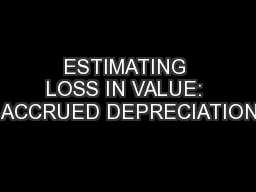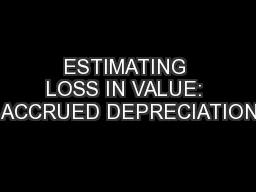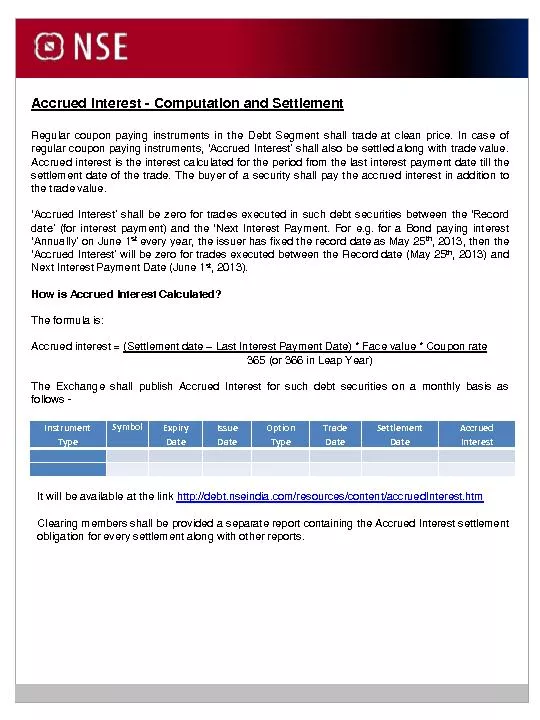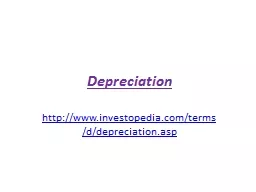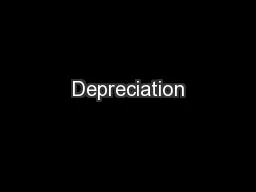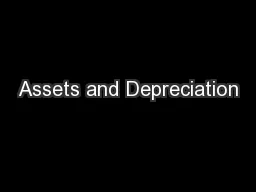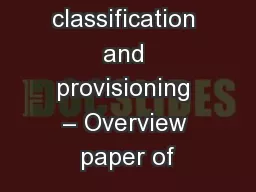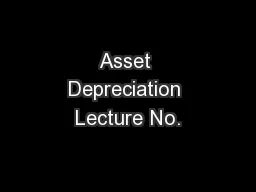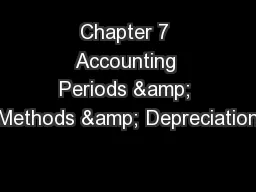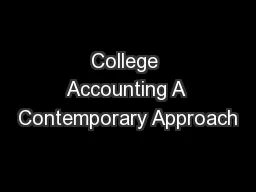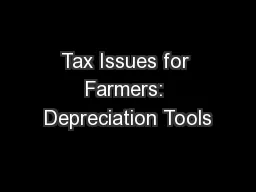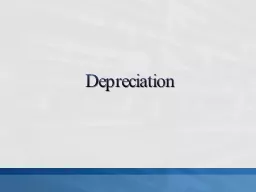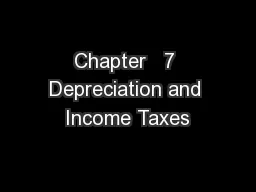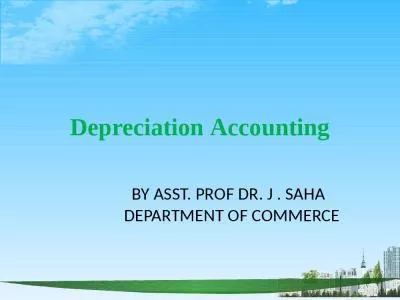PPT-ESTIMATING LOSS IN VALUE: ACCRUED DEPRECIATION
Author : tatyana-admore | Published Date : 2018-02-28
Chapter 12 Accrued depreciation Agelife method Book value Capitalized income method Cost basis Costtocure method Curable depreciation Curable postponed Currentvalue
Presentation Embed Code
Download Presentation
Download Presentation The PPT/PDF document "ESTIMATING LOSS IN VALUE: ACCRUED DEPREC..." is the property of its rightful owner. Permission is granted to download and print the materials on this website for personal, non-commercial use only, and to display it on your personal computer provided you do not modify the materials and that you retain all copyright notices contained in the materials. By downloading content from our website, you accept the terms of this agreement.
ESTIMATING LOSS IN VALUE: ACCRUED DEPRECIATION: Transcript
Download Rules Of Document
"ESTIMATING LOSS IN VALUE: ACCRUED DEPRECIATION"The content belongs to its owner. You may download and print it for personal use, without modification, and keep all copyright notices. By downloading, you agree to these terms.
Related Documents

